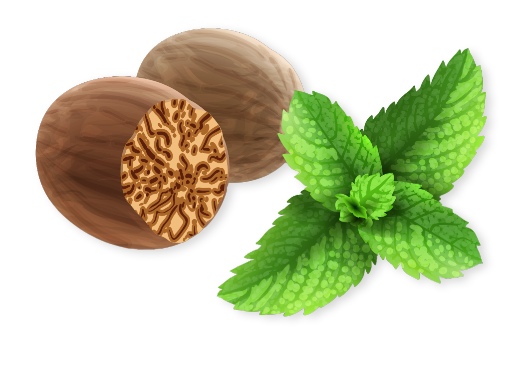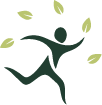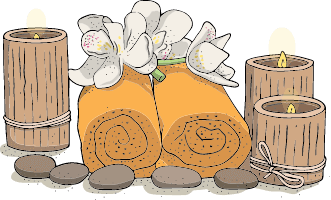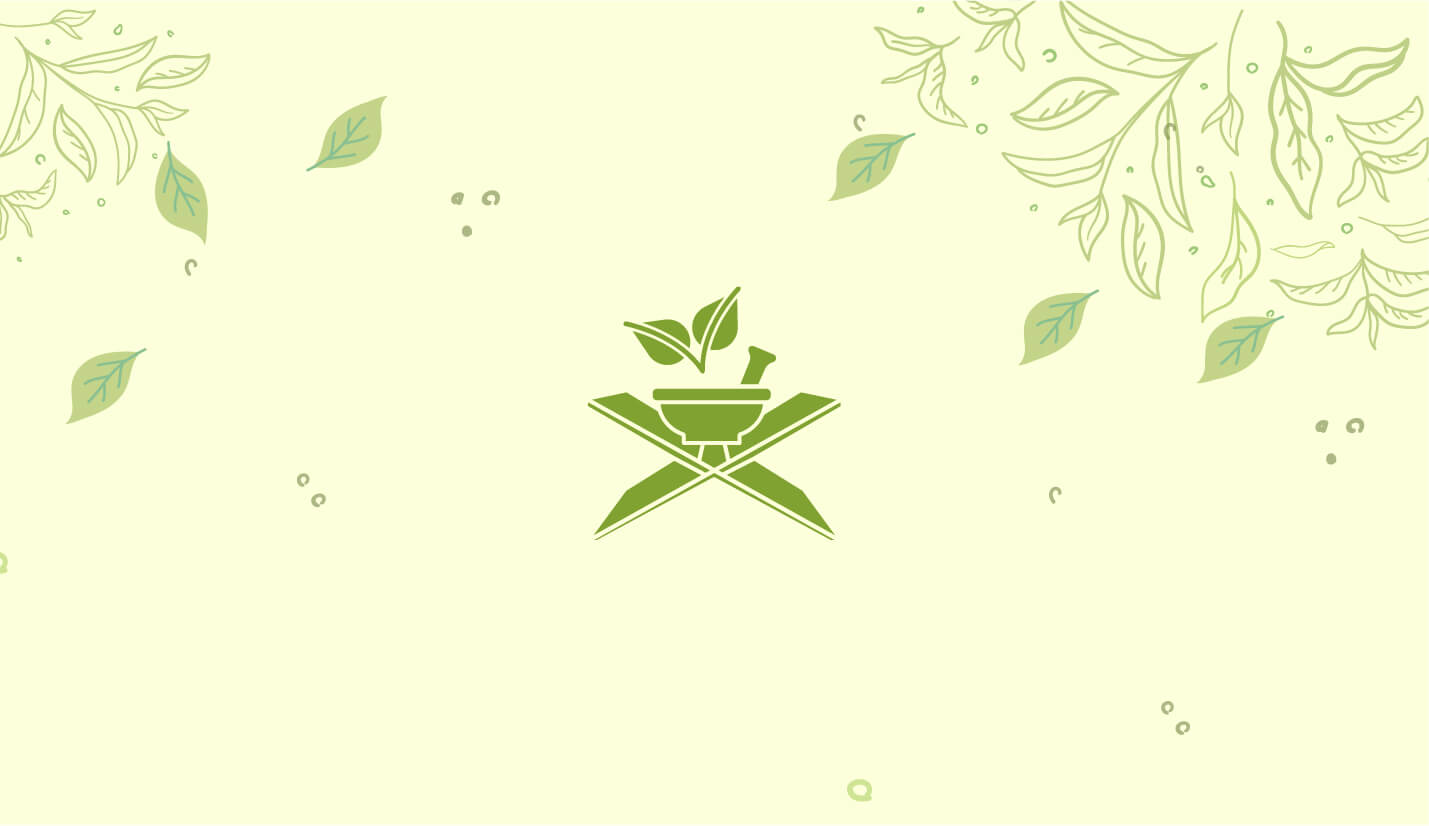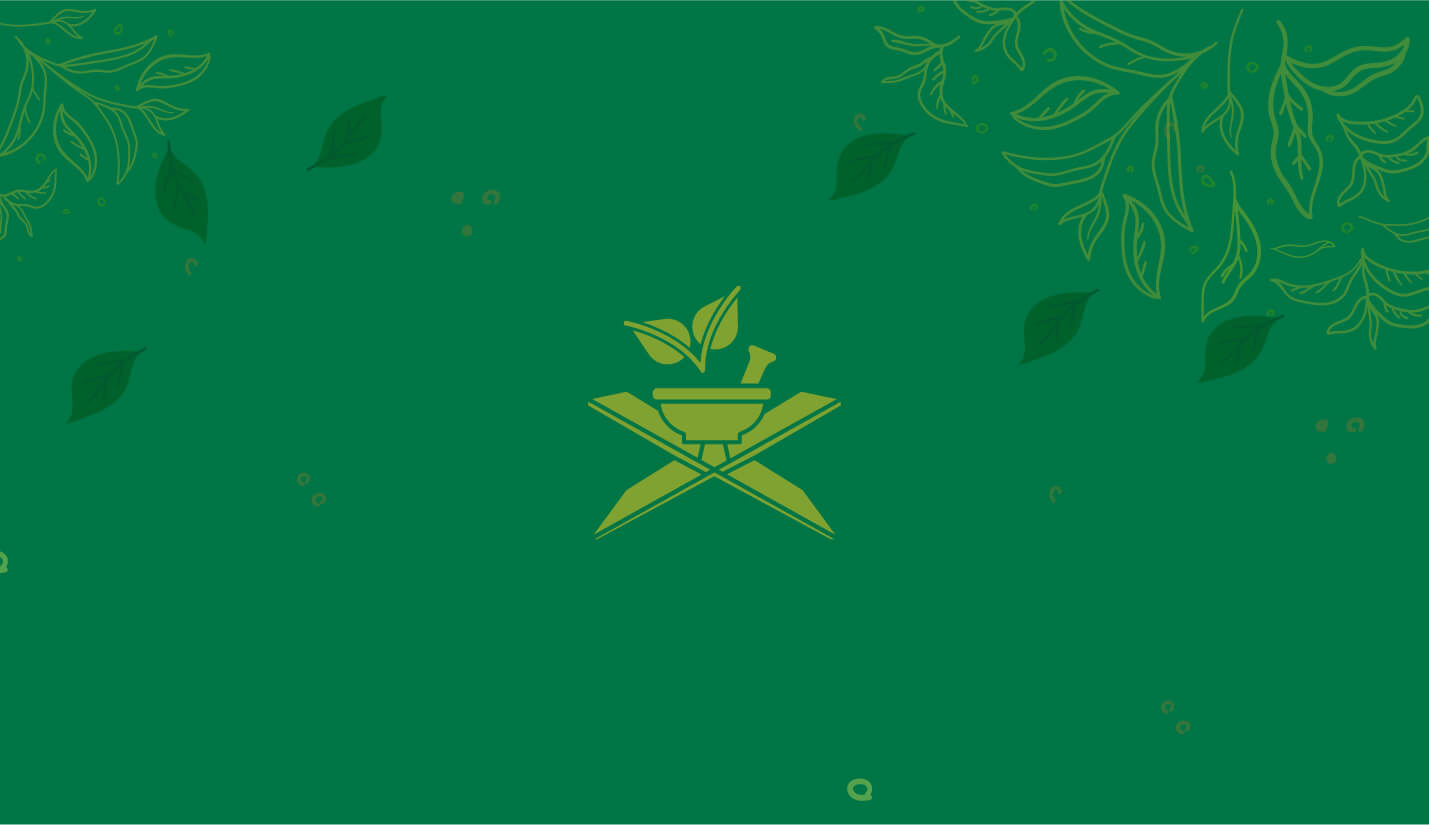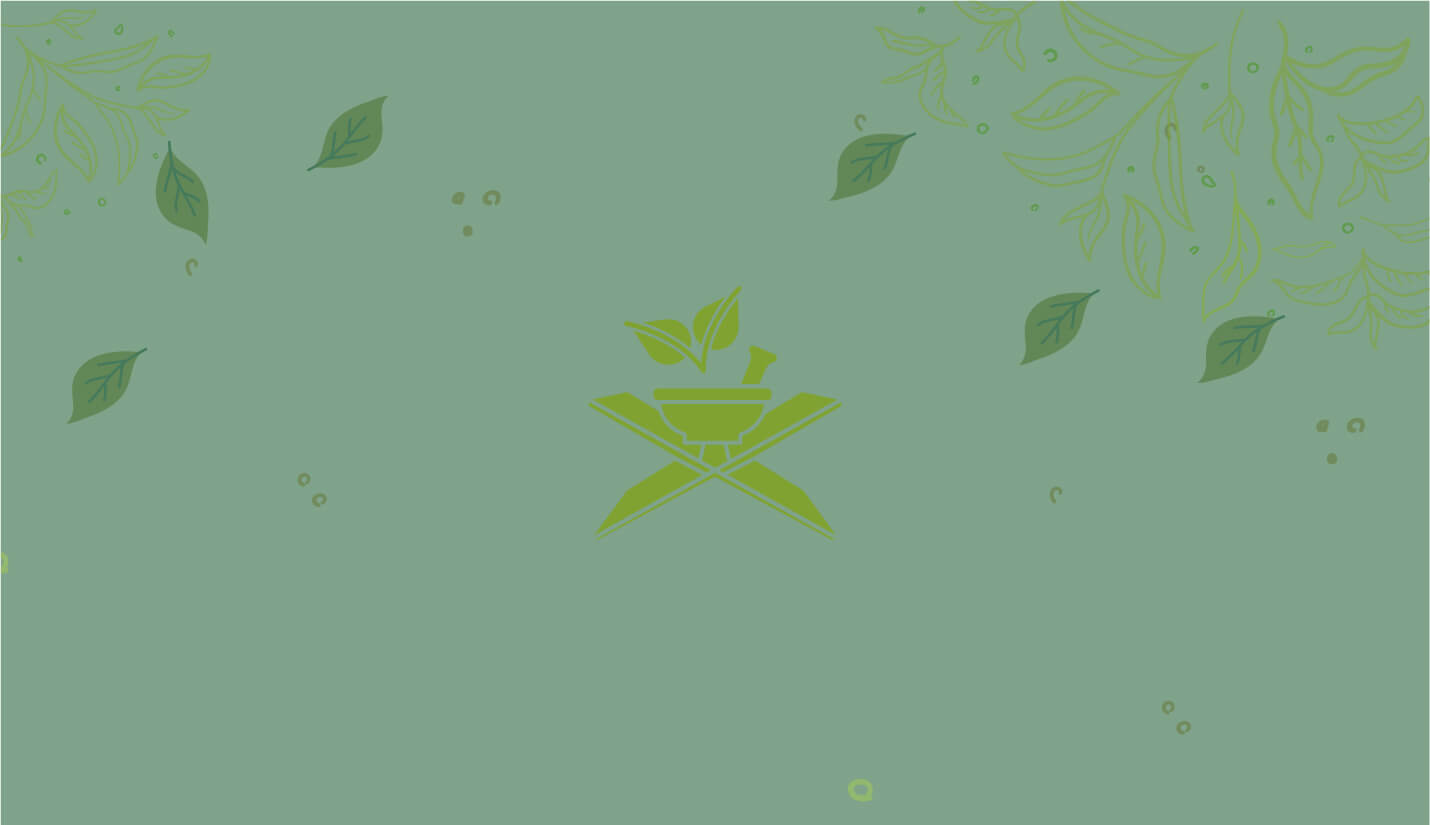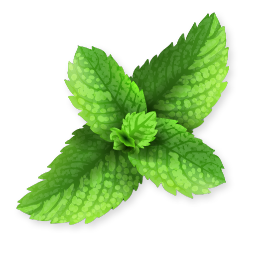Stroke Rehabilitation
Friday, April 28, 2023Stroke rehabilitation is a method created to aid those who have experienced a stroke in recovering and regaining any lost abilities. It is a crucial component of stroke management and often entails a group of medical specialists, such as physiotherapists, occupational therapists, and speech and language therapists. The purpose of stroke rehabilitation is to assist patients in regaining as much independence and quality of life as they can. Rehab can take several months or even years, depending on how severe the stroke was.
The goal of stroke rehabilitation is to help people regain abilities that have been lost as a result of a stroke. Depending on whatever parts of the brain were damaged by the stroke, rehabilitation can help with everyday living skills including movement, speech, strength, and dressing oneself. Two advantages of stroke therapy are regaining independence and improving quality of life.
There are many variations in the challenges that can follow a stroke and how well each patient recovers thereafter. Stroke patients who participate in a focused rehabilitation programme fare better than the majority of survivors who don’t receive rehabilitation, according to research. As a result, stroke therapy is suggested for everyone who has experienced a stroke.
In many circumstances, the brain is capable of healing itself significantly. A thorough rehabilitation programme could make these possibilities even more hopeful. However, when patients figure out ways to get around their problems, their functionality may improve. Major neurological deficiencies might not.
In Ayurveda, the term “stroke” is Pakshaghata. produced by vitiation of the Vata dosha, which controls the body’s sensory and motor functioning. Restoring the motor and sensory abilities of the brain is the aim of treatment. While natural antioxidants increase the amount of oxygen reaching the brain, regenerate brain cells, and lessen cell death, internal medications increase blood flow. As a result of external treatments like panchakarma, the peripheral nervous system performs better. By reducing stiffness and spasms, heat therapy keeps muscles toned.
Patients suffer from bleeding or blood clots in the brain tissue, which can also obstruct several body functions or cause convulsions. An obstruction in the Vata movement, according to our experts in ayurvedic stroke treatment, is what causes the disease’s symptoms. Toxins that have collected in the body are therefore to be removed, and Vata flow is to be restored, as a result of our therapies. Our therapies as a result consist of a number of elements that all work together to hasten the patient’s recovery. We also provide a number of therapies at Sanjeevanam to get rid of interior pollutants. The therapeutic approach therefore usually starts with internal and external oleation, followed by swedana (fomentation), and virechana (purgation). After the elimination therapy, a course of internal drugs and external therapies aimed at boosting general immunity and muscle tone will start. Then, consider highly effective treatments like Nasyam (Nasal drop treatment), Shiro Dhara (pouring a suitable medicinal oil over the front of the head), and/or Shiro Vasthi (keeping a medicinal oil over the head with the help of a cap). Vasthi (Medicated Enema) significantly stimulates the GUT-Brain Axis, which is also important in reversing the block in the function of nerve-muscle coordination. Vasti and oil massages helps the body’s muscles and nervous system to recover from injury and fatigue. These methods have been tried on people of all ages and have been scientifically proven to be effective for stroke victims.
Frequently Asked Questions
- What does stroke rehabilitation do?
Stroke rehabilitation is a type of therapy that aims to help individuals improve their abilities following a stroke. This can include physical therapy to regain strength and mobility, speech therapy to improve communication skills, and occupational therapy to assist with daily activities. Such therapy can often continue for a prolonged period of time after a stroke, and can greatly improve post-stroke outcomes. While the specific therapies used may differ based on individual needs, stroke rehabilitation generally focuses on helping individuals regain independence and improve their overall quality of life.
- What medical complications are often seen in stroke rehabilitation?
Stroke rehabilitation is a crucial aspect of post-stroke care that can help individuals regain their independence and improve their quality of life. However, medical complications can arise during the rehabilitation process that may hinder the progress of stroke recovery. Some of the complications that are often seen in stroke rehabilitation include muscle spasticity, decreased range of motion, urinary tract infections, and pressure sores. These complications can lead to longer hospital stays and delayed rehabilitation progress, so it is important to be aware of them and manage them effectively to ensure the best possible outcomes for stroke patients.
- How long does it take to recover from a stroke?,
A stroke can be a life-altering event and the road to recovery can vary greatly depending on the individual. Some people may experience a full recovery within a few weeks, while others may take months or even years. The severity of the stroke, the location of the brain affected, and the age and overall health of the individual are all factors that can play a role in the recovery process. One thing that is consistent is the importance of a comprehensive rehabilitation program to aid in the recovery process.
- What happens after my stroke rehabilitation?
Having a stroke can be a life-changing event and rehabilitation is a crucial part of the recovery process. But what happens after stroke rehabilitation? It’s important to remember that recovery from a stroke is an ongoing process that requires continued effort and care. While some stroke survivors will be able to fully regain their independence and return to their previous daily activities, others may continue to experience physical and cognitive challenges that impact their daily lives.
- How long does stroke rehabilitation last?
A stroke can occur suddenly and unexpectedly, leaving the individual with a wide range of physical and cognitive deficits. Fortunately, stroke rehabilitation is an effective treatment approach that can help individuals regain as much function and independence as possible. The duration of stroke rehabilitation depends on the severity of the stroke, the individual’s overall health, and the specific rehabilitation goals. Generally, stroke rehabilitation can last anywhere from a few weeks to several months, and may involve multiple healthcare professionals such as physical therapists, occupational therapists, and speech therapists.
You can write to us.
BOOK APPOINTMENT
